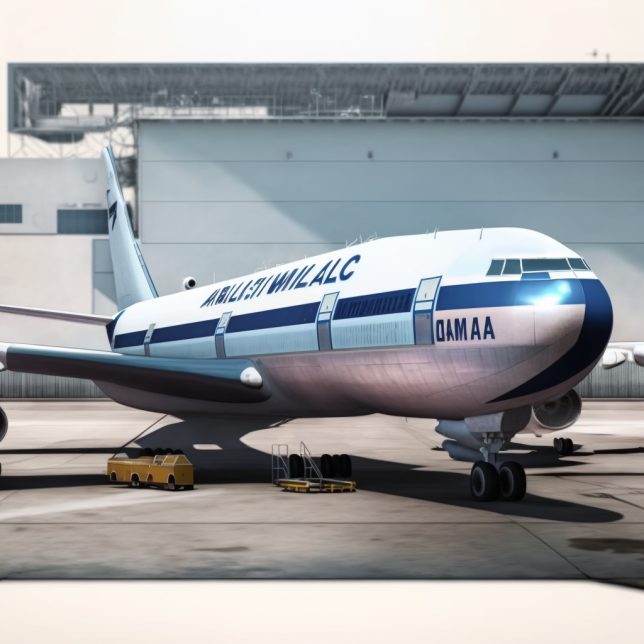When planning to rent an aircraft, understanding the legal implications of pilot qualifications is crucial.

These qualifications are not just bureaucratic formalities; they are vital components that affect the legality, safety, and overall feasibility of aircraft rental agreements, especially when considering the intricacies of dry and wet leases.
Understanding Pilot Qualifications for Rented Aircraft
Before delving into the complexities of aircraft leases, one must first grasp the essentials of pilot qualifications. Legally, to commandeer an aircraft, one must hold valid aviation credentials – typically a license (airplane or helicopter) or a certificate of competences (autogyro). These documents are not just formalities but are essential proofs of a pilot’s competency and legal permission to fly.
For instance, before a pilot can rent an aircraft, they usually must undertake a verification flight with an instructor. This process ensures the pilot’s ability to safely operate the specific type of aircraft and understand its operational procedures, including filling out the technical logbook and conducting pre-flight inspections.
In many jurisdictions, the cornerstone of pilot qualifications for rented aircraft is the Private Pilot certificate, especially with a single-engine land rating. This certificate may sometimes be issued based on foreign qualifications, highlighting the importance of international standards and reciprocity in pilot credentials.

Legal Ramifications in Aircraft Rental: Dry vs. Wet Leases
The distinction between dry and wet leases is paramount in aircraft rental agreements, with pilot qualifications playing a central role.
Dry Leases
In a dry lease arrangement, the aircraft is provided without a crew, leaving the lessee responsible for arranging the flight crew. The lessee’s pilot qualifications are under scrutiny here, as they must satisfy the regulatory requirements to ensure the transfer of operational control is legal and safe. This transfer is not merely a contractual formality but a critical legal procedure that must comply with aviation regulations, ensuring the pilot in command is fully qualified and authorized to operate the aircraft.
Wet Leases
Conversely, in a wet lease, the lessor supplies both the aircraft and the crew, maintaining operational control over the flights. The legal implications here focus on the lessor’s responsibility to provide qualified pilots. The credentials of these pilots are crucial for the legality of the lease agreement, as they must meet regulatory standards to ensure safe and compliant flight operations. The lessor must meticulously verify the qualifications and experience of their crew to uphold the terms of the wet lease and regulatory expectations.
Strategic Considerations for Potential Renters
For those considering renting an aircraft, whether under a dry or wet lease, understanding the legal nuances of pilot qualifications is essential. Prospective renters should:
- Verify their own qualifications or those of their designated pilots against the specific requirements of the lease agreement.
- Understand the legal distinctions between dry and wet leases, particularly how operational control and pilot qualifications affect the legality and safety of the lease.
- Ensure that all necessary documentation, including pilot licenses, medical certificates, and proof of insurance, is valid, accessible, and complies with the leasing terms.
Source: FAA


